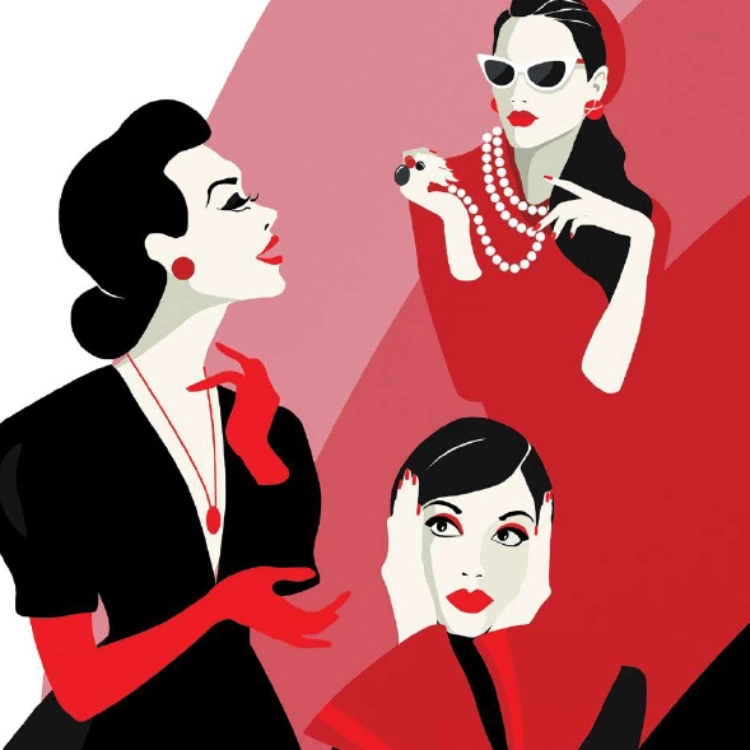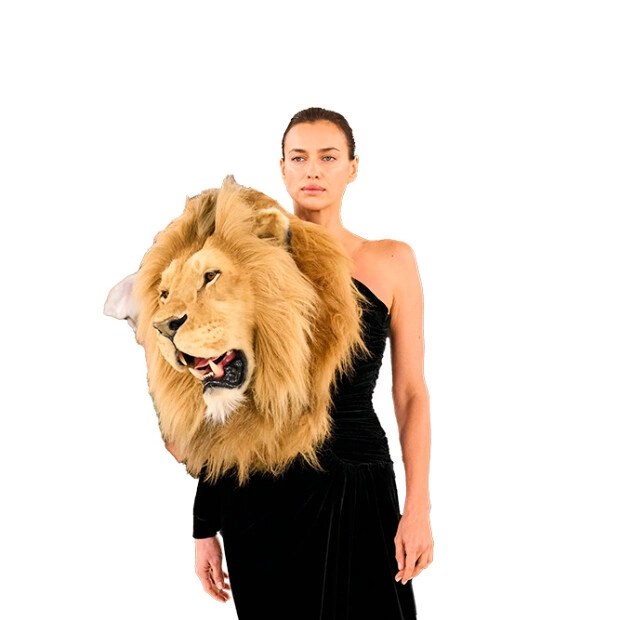Coco Chanel said that 'In order to be irreplaceable one must always be dif-ferent'. Changing style and preferences is part of human nature but women's metamorphosis has no limits — they find a thousand reasons, weather, mood, love and more — to make a Princess of a Cinderella — but there are subtle rules a morning or an evening Princess needs to obey. These limits can be stretched if Time or Woman dictates it. On it — Ksenia Markova, specialist in European etiquette, the founder of project Etiquette748.
As we know the idea of dress-codes appeared in England in the end of XIX — beginning of the XX centuries and there were just two of them — white tie and black tie. Furthermore it didn't occur to anyone's mind to regulate woman's wardrobe but as ladies rarely visited theatres and dinners alone simple logic suggested: the couple's clothes should correspond the situation and conveyances and make a nice contrast with partner.
Dress-code is a direct, clear and coherent directive how to look correct in a certain circumstance. Interesting anecdotes accompany some types of dress-code. 'Cocktail' for example has curious, almost feminist origins and I'd say can be partly positioned as a symbol of changes in women's social state. This dress-code has its alcohol component and not by chance. First cocktails appeared closer to the end of the XIX century but the real cocktail boom happened after the 1918. By that same time it became more or less acceptable for a woman. Before that moment it wouldn't occur to a single distinct woman's mind neither to drink in a public place nor to dress in a special way for that occasion. But times change and dress-code same as the dress representing this code occurred in the US Prohibition time. This limitation couldn't make people happy and bootleggers' pubs multiplied and became popular immediately. As almost everything prohibited it was very expensive and available for mostly rich classes. And a complication appeared too: you couldn't march in an evening dress and diamonds to a place prohibited by law without a certain chance of enlightening it to police. And the world was about to make a step back because of well dressed women were hardly wanted in the socalled 'speakeasy' places. And in case of police round up you had to be able to run fast counting on your agility. It is doubtful to be easily done in the evening dress. If there's a problem — there'll be a solution. That's how not a dress-code yet but a private format appeared. As far as I know there was no originator of the cocktail dress. Dress just became popular: a bit longer than knee, at first closed in its top, always monotonous, but could be without sleeves — in this case gloves were considered to be necessary. There were no recommendations about material. In a doubtful moment lady just coated and blended-in.
The possibility to not change the dress totally from the morning dress to the evening happened to be rather practical, brave and new. Besides that the forbidden fruit became available to the lower-class women. Shorter dress, haircut, Charleston, cigarette and cocktail became fashionable. Vogue magazine, all times fashion fan's Bible, mentioned cocktail on its pages in 1927. As many other things in history cocktail dresses were awaiting epochal rises and falls but one way or another this outfit and format reached our days and often appear in our invitations, though it is an established practice rather than a dress-code.
But what is awaiting us today? Gentlemen are better not to wear smoking jackets? but jeans or something of the kind will be considered as the violation of rules. A two-piece suit, a three-piece suit, a tie and shoes — just like this. They often suggest the striped suits — not an obligatory condition of course but it emphasizes the knowledge of history, Al Capone style so to say. Most of the sources allow jacket and suitable pants. It's better to avoid bowtie. Shoes should be definitely with laces. But further than that you should look at formality level, guess improving your high society intuition if a tie can be a bit brighter or it is better to choose strict limits, if the fans of creativity can express themselves in the suit color choice or it is better to choose classic. Ladies by the way are not obliged to wear cocktail dress, pants are allowed.
This is an afternoon dress-code but not too much evening. Moreover at the beginning this event was not supposed to be long at first, not more than 2–3 hours. But women like to decorate themselves.
This is how the cocktail ring appeared. It became obvious that spending time in underground pubs with possible round-ups was not so safe. Rich ladies couldn't wear family or evening jewelry and run across the streets in it. First new style rings had an obligatory even polished backside or it was separated. If the evening was tending to become dangerous and situation was critical the ring was taken off or turned on the finger. Women were different, from a high class too, stones were different — from simple democratic to giant sapphires and diamonds which could be considered as 'too much' by old aristocracy.
It is interesting and important for our subject that women were allowed to buy cocktail rings by them-selves not waiting for their families' or greedy husbands' and any other jewelry conventions' mercy. The Second World War substantially minimized the choice of grooms so this possibility became popular. And as we know women themselves started to earn money and make career. They were willing to buy rings according to their individuality and vision of the world in spite of their family status.
This kind of rings were named called 'right hand rings'. It was the etiquette — they wore it on the right hand. The way that you hold your drink and the ring is attracting the sight at once. On index or the middle finger. There appeared a saying as a result: 'Left hand for you, right hand for me'. And the advertisement slogan: 'Women, love your right hand'.

It is a complication for us: they wear engagement and wedding rings on the left hand in West, but we wear them on the right hand. In our case taking into consideration the massiveness of the cocktail rings it is better to take all other rings from the right hand and put one cocktail ring. But there are people who'd never take off their wedding ring. This is a matter to analyze. We do remember the history and know the rules, well that in a way is a reason to break them with pleasure sometimes. Moreover the woman's individuality and taste power is sometimes higher and more objective than prescriptions. Why not to break them if they don't let her be refined and free at the same time.






